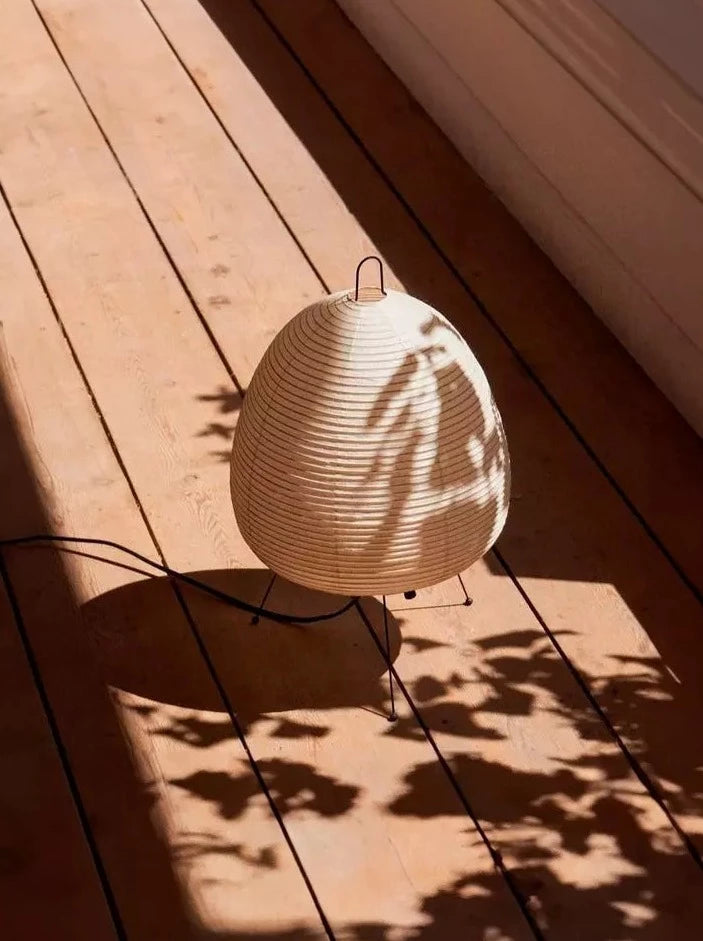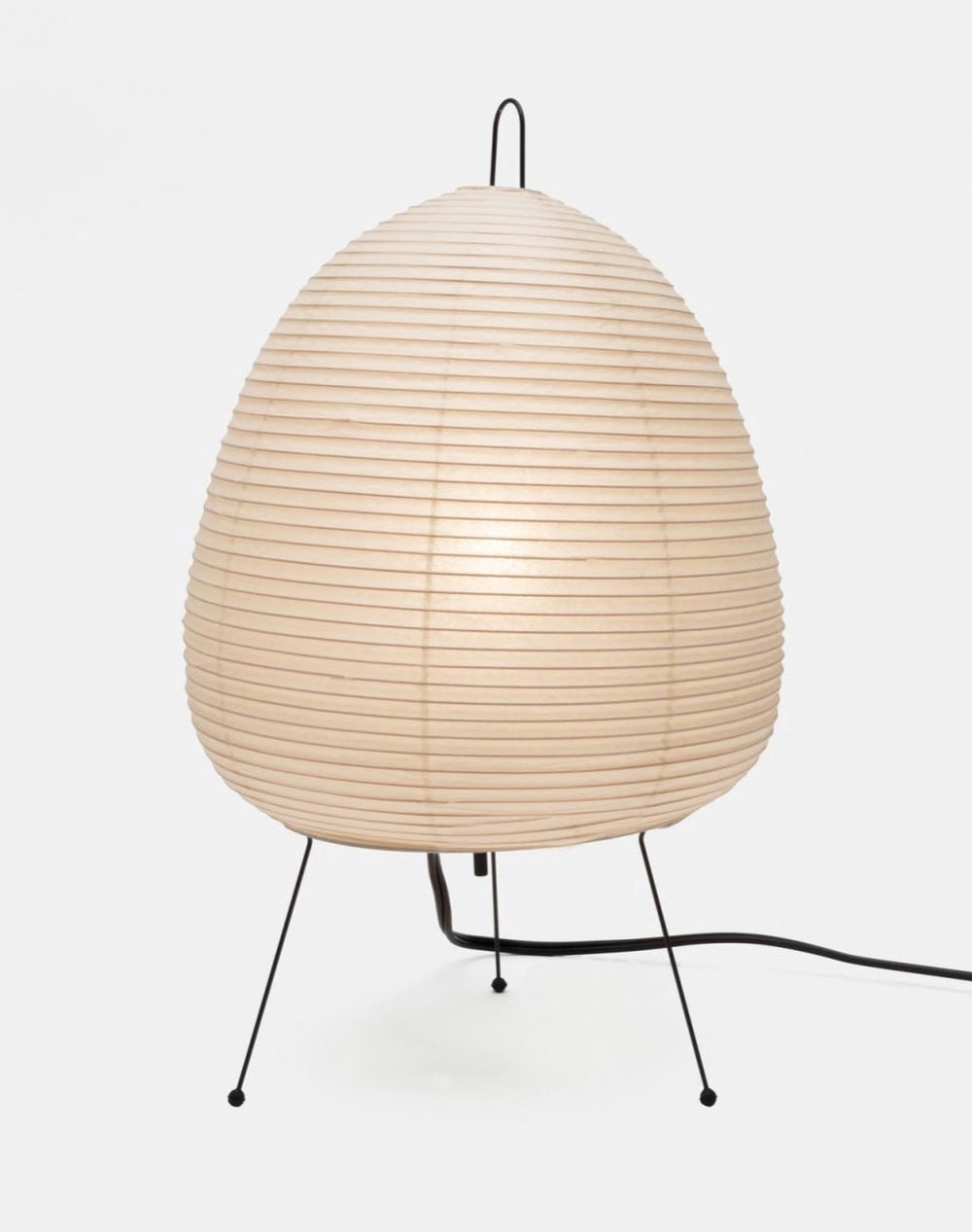Isamu Noguchi
Sam Gilmore or Isamu Noguchi?
The story of a great Japanese-American artist who never defined his national identity
It all started quite some time ago. How long ago? It's hard to imagine, because by today's standards, the end of the 19th century sounds almost like a history book. And yet, despite all the conventions and stereotypes, the world of modern art appeared at least a century ago. In 1900, the already famous Japanese poet Yenejiro Noguchi came to the United States to write his first novel in English, "The American Diary of a Japanese Girl", through the newspaper (previously, through newspaper advertisements people looked for employees in their companies, friends, business partners - note HF), the poet found an editor, she turned out to be an American writer Leonie Gilmore. Word for word and in 1904 the couple had a child.

Poet Yonejiro Noguchi
Photo: WIKIPEDIA.ORG

Writer and journalist Leonie Gilmore
Photo: WIKIPEDIA.ORG
"My childhood was typically Japanese, but growing up was typically American"
Isamu Noguchi was born in November 1904 in Los Angeles. And just a couple of years later, he moved to Japan with his mother after his recently departed father. The childhood of the child of two creative parents of completely different cultures was doomed to severe emotional turmoil. The couple soon separated, and Sam, as his mother called him, lived then and there with her and his father. The editorial will omit all sorts of moves, touching perhaps only on the fact that Isamu himself was accustomed to a nomadic lifestyle and actually lived for two countries - the United States and Japan. The culture of these two countries gradually, layer by layer was laid down and ingrained in him. According to Gilmore's words and notes, Isamu absorbed the identity of cultures from childhood and was drawn to the arts.
Such an approach to upbringing gave birth to something incredible in the boy's personality, because in him mixed the ancient culture of the East and a powerful American mood of novelty and avant-gardism. In total, we have a Japanese-American child, constantly absorbing the cultures of two completely different cultures, creative parents and artist's talent. The train had already accelerated, and there was no one to stop it!

Isamu Noguchi is a student at the New Leonardo da Vince Art School in Newark, New Jersey, 1924.
Photo: GETTY IMAGES
"I think I'm a figment of my mother's imagination... She always wanted me to be an artist."
From 1918 to 1927, Isamu Noguchi studied art, and despite a poor start, dropping out of medical school and a tumultuous encounter with the creator of the Rushmore Memorial, the young artist nevertheless enrolled at the Leonardo da Vinci School. Leonardo da Vinci, where he created under the tutelage of Honorio Ruotolo. In 1926, Noguchi received a Guggenheim Fellowship (the Fellowship was awarded to those who demonstrated exceptional creativity or exceptional artistic ability - HF note), and the following year began studying in the studio of the renowned avant-garde sculptor Constantin Brancusi in Paris.
"My father, Yone Noguchi, is Japanese and has long been known as a translator of East and West through poetry. I want to do the same through sculpture," the young artist wrote in his application for a Guggenheim Fellowship.
"Only in art have I been able to find myself."
Over the next ten years, the artist continued his work, sculpting, studying in Beijing, and traveling. By 1933, Isamu Noguchi was being written about in essays by Julien Levy (art dealer and gallery owner in New York, pioneer in popularizing Surrealist art in the United States (1906-1981) - HF note)
Noguchi's design experiments began with the development of a baby monitor in 1937. His first project of monumental and decorative plastic art was a relief for the Associated Press building in New York, 1938. The fountains he created in Paris, Jerusalem and New York epitomize the deliberate laconism of the contrast between water and stone, while urban landscape compositions such as Black Sun are recognized as landmark installations of the 20th century. A separate milestone in the designer's career was the design of sets for ballet productions by the brilliant Martha Graham and avant-garde theatrical performances by Eric Hawkins. In 1942, Isamu Noguchi moved to Washington, D.C. In an attempt to ease the strains of Japanese-American relations, Isamu Noguchi established the Colorado River Relocation Center, Poston, Arizona, to improve relations. Disappointed, after six months, returns to New York.

Isamu Noguchi working on a sculpture of Undine, 1926.
Photo: THE ISAMU NOGUCHI FOUNDATION AND GARDEN MUSEUM, NEW YORK / ARS.
His most famous work was the Noguchi Coffee Table (1944). Isamu himself considered it his best work. The table consists of flat elements: two identical wooden legs connected to each other with a single screw so that they form a triangle and a support for the triangular glass with rounded corners. The simplicity of the form, the purity of the material and the lack of decoration are taken from Japanese culture. It is also important to say that Noguchi applies the same principles to his designs as he does to sculpture, seeing everything as sculpture.

Coffee table, design by Isamu Noguchi, 1944, Vitra
Photo: ARCHIVE.NOGUCHI.ORG
"What keeps me coming back to Japan, other than the desire to touch my roots again and again? It is my sense of inextricable kinship with the natural materials and craftsmanship of Japanese artisans. How exquisite and functional their traditional tools are! It's looking like they will soon be replaced by machines. Like a beggar or a thief, I am in a perpetual search for the remnants of the earth's warmth," the artist said.
In 1951, the artist visited Gifu, the capital of paper and bamboo lanterns and mulberry bark umbrellas. There, Noguchi learned the traditional Gifu paper lantern technique and created his own works. He named these works "Akari," a term meaning light as illumination but also implying the idea of weightlessness.
The designer sought to convey the aesthetics and mood of Japan through Akari. The philosophy of Japanese model design is based on harmony, simplicity and balance. Akari light sculptures are a symbol of cultural exchange and connection between different worlds.

Isamu Noguchi and Akari Light Sculptures
Photo: VITRA
'All you need to create a home is a room, a tatami and an Akari' - Noguchi
Noguchi wrote that Akari is "poetic, ephemeral, and contingent," like the beauty of falling leaves and cherry blossoms.
"I didn't come to any conclusions, I didn't see any beginnings or endings."
Leaving behind an enormous legacy, Isamu Noguchi cannot now be thought of as a sculptor, landscape designer, planner or artist. He created many works in a variety of techniques and materials, from ceramics to metal, from sculptures to furniture. Through all his work he carried his love for the world and the two poles, East and West, uniting the world through art and inspiring future artists, but he never defined his national identity. Despite his immense success in the United States, the artist spent much time traveling in Japan and studying classical Japanese techniques. Would Noguchi have been as famous and in demand if he hadn't had America in his life? Maybe. Just as it is unknown who he would have been without his Japanese roots! One thing we know for sure is that Isamu Noguchi himself, unfortunately, did not decide on the end point of his creative path, because the artist left behind many unfinished works. Perhaps he just didn't have enough time.

Photo: Isamu Noguchi's official website
Material prepared by the editorial staff of HOLLYFLAME magazine
Release date: April 2024





